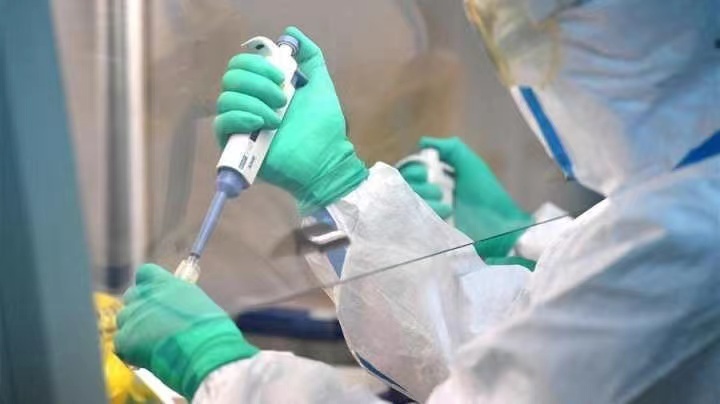
Omicron new subvariants BQ.1 and XBB have not caused transmission in Ningbo yet, said an official from the Ningbo Center for Disease Control and Prevention.
The sample of Ningbo’s local infections shows that the Omicron variants BA.5.2 accounted for 64.86%, and BF.7 accounted for 21.62%, BA.5.2.1 accounted for 13.51%.
There's no need to hoard the medicine, said the expert. He noted there is no evidence that XBB.1.5 is more likely to invade the cardiovascular and cerebrovascular systems or digestive systems, the People's Daily reported on Monday.
What Is XBB.1.5?
The variant is XBB.1.5, a highly contagious "recombinant" variant that spawned from two different BA.2 variants. It is related to the XBB variant, which was previously behind a COVID surge in Singapore.
"It's basically just a combination of two of the earlier subtypes, two variants," said the expert.
Where is XBB.1.5 Highest Right Now?
Within the last two months, tracking numbers from the Centers for Disease Control and Prevention showed the XBB.1.5 variant has climbed to now make up more than 40% of cases in the U.S. In the Midwest, however, the numbers are much lower, with XBB.1.5 making up just 6% of cases.
What Are the Symptoms Associated With the Variant?
The expert said COVID symptoms haven't changed with the new variant, though she noted that symptoms similar to the flu are less common, particularly in those who are vaccinated and booster.
"COVID is showing up very much like it already has. I think, if anything, we are seeing it a little bit less likely to have the more severe symptoms," the expert said. "Definitely people get the severe symptoms still, especially if they're not up-to-date with their vaccines. But more often now we are seeing people - especially if they're fully up-to-date, maybe it's their second time getting COVID, whatever it might be - we're seeing more people actually just have cold-like symptoms, less likely to have those flu-like, really feeling very sick, the high fevers."
By Jin Lu
Copyright(C) 2001-2021 CNNB.com.cn All Rights Reserved


